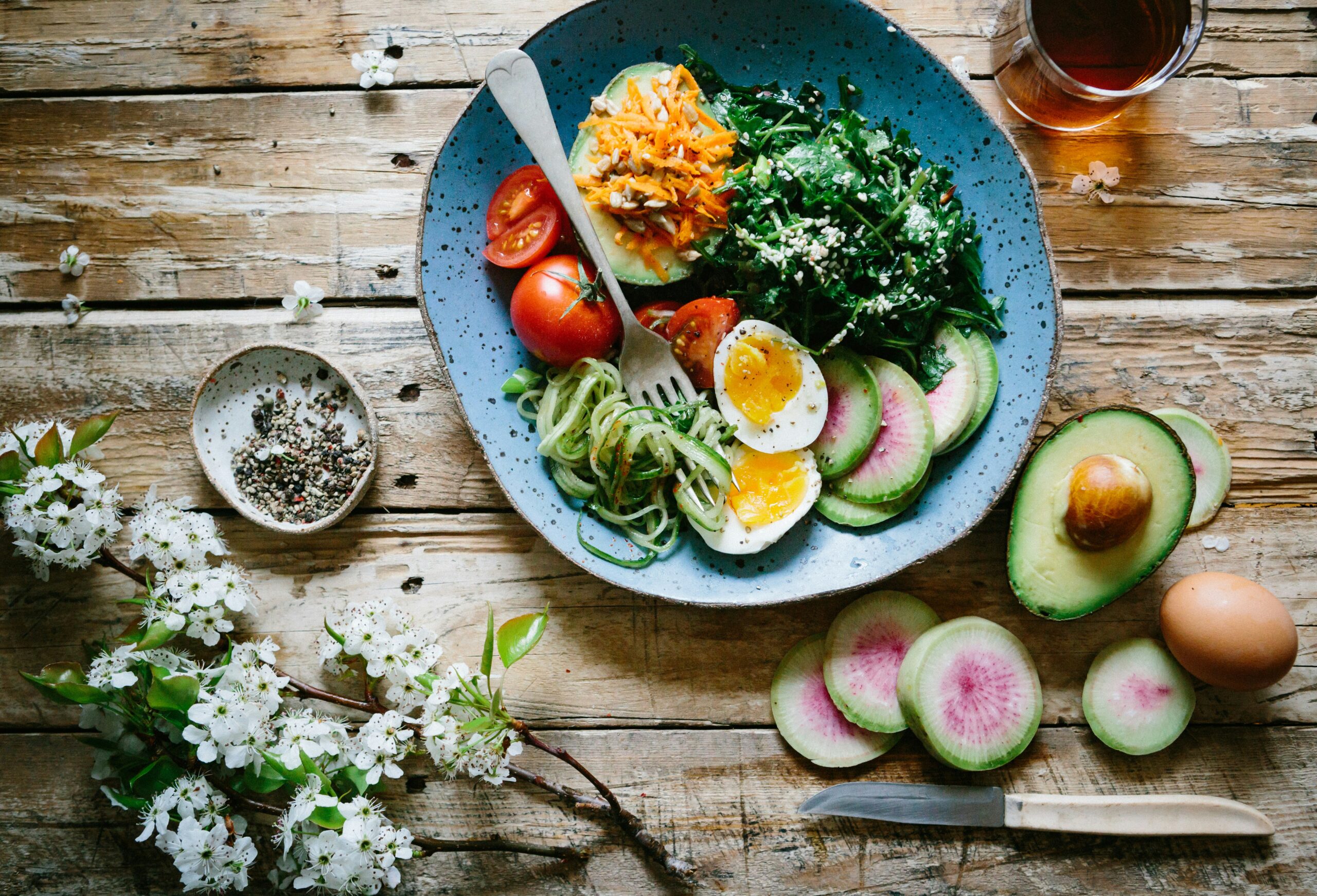
Kabsa is one of the most iconic dishes of the Arabian Peninsula. Known for its vibrant flavors, aromatic spices, and perfectly cooked rice, it is often prepared for family gatherings and special occasions. At the heart of Kabsa is a combination of long-grain basmati rice, tender chicken, and a mixture of spices that make it unique among rice dishes. Preparing Kabsa at home might seem complex at first glance, but with the right steps, anyone can recreate its authentic taste. Let’s walk through the process in detail, from choosing the ingredients to serving it hot and delicious.
Choosing the Right Ingredients

To make Kabsa, start with the essentials: basmati rice and chicken. Basmati rice is ideal because its long, fluffy grains absorb flavors beautifully without becoming sticky. For the chicken, you may use a whole chicken cut into pieces or just large thighs and drumsticks, as they provide a juicy and flavorful base. Spices are what truly distinguish Kabsa. Commonly used spices include ground cumin, coriander, cardamom, cinnamon, black pepper, and cloves. Some recipes also incorporate bay leaves and dried limes for a deeper flavor. Along with these, you’ll need tomatoes, onions, garlic, carrots, and raisins, which not only enhance the aroma but also balance the savory and slightly sweet profile of the dish.
Preparing the Chicken and Base
Begin by thoroughly washing the chicken pieces and patting them dry. Heat a large heavy-bottomed pot, add a generous splash of vegetable oil or ghee, and sauté sliced onions until they turn golden brown. Add minced garlic and stir until fragrant. At this point, the spices go in. Add cinnamon sticks, cardamom pods, bay leaves, and cloves to the hot oil. The heat will release their oils, creating the characteristic aroma of Kabsa. Once the spices are well roasted, add the chicken pieces and sear them on all sides until they develop a deep golden color. This searing step is essential because it locks in the juices and enhances the overall flavor of the dish.
After browning the chicken, stir in chopped tomatoes and tomato paste. Allow the tomatoes to cook down until they form a thick, rich base. Add ground spices such as cumin, coriander, turmeric, and black pepper. Pour in enough water or chicken stock to cover the chicken and bring it to a simmer. Let the chicken cook until it becomes tender but not falling apart, usually around 30 minutes. During this time, the broth absorbs the flavors of the spices, onions, and tomatoes, creating the flavorful liquid that will later cook the rice.
Cooking the Rice with the Broth
While the chicken simmers, wash the basmati rice several times until the water runs clear. Soaking the rice for about 20 minutes before cooking ensures it cooks evenly and produces long, fluffy grains. Once the chicken is cooked, carefully remove the pieces from the pot and set them aside. Strain the broth if necessary to remove large spice pieces like bay leaves or cloves. Measure the broth to ensure you have the right liquid-to-rice ratio, typically two cups of broth for every one cup of rice. Add the rice to the pot, stir gently, and bring it to a boil. Reduce the heat, cover the pot, and let the rice cook slowly so it absorbs the flavors of the broth.
When the rice is nearly done, place the cooked chicken pieces back on top of the rice. Sprinkle shredded carrots and raisins over the mixture. Cover the pot tightly and let it steam for another 10 to 15 minutes on low heat. This final steaming step allows the flavors to blend while keeping the rice moist and the chicken tender. The carrots add a subtle sweetness and bright color, while the raisins provide small bursts of flavor that contrast beautifully with the savory rice.
Serving the Kabsa
Once the rice is fully cooked and fluffy, gently fluff it with a fork to avoid breaking the grains. Transfer the Kabsa to a large serving platter, traditionally with the chicken placed in the center and the rice spread around it. Garnish with toasted nuts such as almonds or pine nuts for extra texture and richness. Kabsa is best enjoyed hot, often served with a fresh green salad or a side of yogurt sauce to balance the spices.
Final Thoughts
Preparing Chicken Kabsa is not just about cooking a meal but about creating an experience. The layering of spices, the careful preparation of the broth, and the steaming of rice with chicken all contribute to a dish that feels celebratory. It captures the essence of Middle Eastern hospitality—rich, generous, and full of flavor. Though it may take time and patience, the result is worth every effort. Each bite of Kabsa offers tender chicken, fluffy rice infused with spices, and the sweetness of carrots and raisins, making it a truly unforgettable dish. With practice, this recipe can become a centerpiece of your own kitchen, perfect for family dinners or special gatherings.

